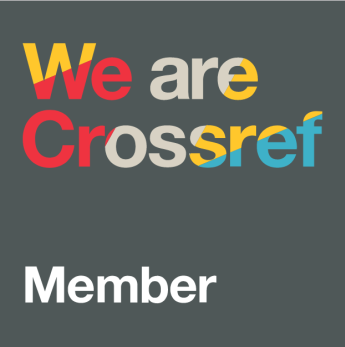Consumer behavior-focused training in retailing education: Too much of a good thing?
DOI:
https://doi.org/10.21831/jpv.v11i2.39928Keywords:
Retailing education, retailing decisionsAbstract
Consumer behavior training extensively delivered in the tertiary vocational school of business had been expected to equip students with deep knowledge in marketing and sales. This was true when students were dealing with general business environments, but it was dubious when it was implemented in a certain field of business, such as retail business. Retail business, predictably, had a unique characteristic in its business decisions. Students in the Marketing Program of a tertiary vocational school in their final year were the object of the study. Employing the non-parametric tools to assess student knowledge in consumer behavior and its association with retailing decisions mastery, it was found that student mastery in consumer behavior did not associate with better knowledge in other five retail business decisions (determining the composition of goods, spotting locations, pricing, profit strategy, and store management). The article also provided a brief explanation that specific knowledge in consumer behavior did not always in line with the required knowledge in the retail business. It was also suggested that to elaborate whether one particular knowledge of business practices had a valuable feature was, first, by determining its overall decisions relating to it. Then, the second, establishing a series of analyses to assess whether the decisions have any relations with the college's courses or training of a field of study. Comprehension of the process might help the vocational school to equip students with the right required knowledge and skills for a certain field of business.References
Baur, C., & Wee, D. (2015). Manufacturing's next act. McKinsey & Company. https://www.mckinsey.com/business-functions/operations/our-insights/manufacturings-next-act#
Chatterjee, P., & Kumar, A. (2017a). Consumer willingness to pay across retail channels. Journal of Retailing and Consumer Services, 34, 264–270. https://doi.org/10.1016/j.jretconser.2016.01.008
Chatterjee, P., & Kumar, A. (2017b). Teaching innovations in retailing education. Journal for Advancement of Marketing Education, 25, 1–2. http://www.mmaglobal.org/publications/JAME/JAME-Issues/JAME-2017-Vol25-SpecialIssue/JAME-2017-Vol25-Special-Issue-Editors-Review-Chatterjee-Kumar-pp1-2.pdf
Chopra, S., & Meindl, P. (2019). Supply chain management: Strategy, planning, and operation (7th ed.). Pearson Education.
Colquitt, J., LePine, J., & Wesson, M. (2019). Organizational behavior: Improving performance and commitment in the workplace. McGraw-Hill Education.
Cox, R., & Brittain, P. (2004). Retailing: An introduction (5th ed.). Prentice Hall.
Dunne, P. M., Lusch, R. F., & Carver, J. R. (2013). Retailing (8th ed.). National Retail Federation.
Grewal, D., Motyka, S., & Levy, M. (2018). The evolution and future of retailing and retailing education. Journal of Marketing Education, 40(1), 85–93. https://doi.org/10.1177/0273475318755838
Grewal, D., Roggeveen, A. L., & Nordfält, J. (2017). The future of retailing. Journal of Retailing, 93(1), 1–6. https://doi.org/10.1016/j.jretai.2016.12.008
Israel, D. (2008). Data analysis in business research: A step-by-step nonparametric approach. SAGE Publications India. https://doi.org/10.4135/9788132108405
Levy, M., Weitz, B., & Grewal, D. (2019). Retailing management (10th ed.). McGraw-Hill Education.
Nielsen, A. C., Karolefski, J., & Heller, A. (2012). Consumer-centric category management: How to increase profits by managing categories based on consumer needs. Jogn Wiley & Sons, Inc.
Reynolds, O. (2019). Indonesia: Retail sales are limp in September. Focus-Economics.Com. https://www.focus-economics.com/countries/indonesia/news/retail/retail-sales-are-limp-in-september
Schroeder, C. L. (2002). Specialty shop retailing: How to run your own store. John Wiley & Sons, Ltd.
Yuningsih, N. (2019). Indonesia retail foods update. https://www.fas.usda.gov/data/indonesia-retail-foods-update-0
Downloads
Published
How to Cite
Issue
Section
License
The authors submitting a manuscript to this journal agree that, if accepted for publication, copyright publishing of the submission shall be assigned to Jurnal Pendidikan Vokasi. However, even though the journal asks for a copyright transfer, the authors retain (or are granted back) significant scholarly rights.
The copyright transfer agreement form can be downloaded here: [JPV Copyright Transfer Agreement Form]
The copyright form should be signed originally and sent to the Editorial Office through email to jpvokasi@uny.ac.id
Jurnal Pendidikan Vokasi by http://journal.uny.ac.id/index.php/jpv is licensed under a Creative Commons Attribution-ShareAlike 4.0 International License.















